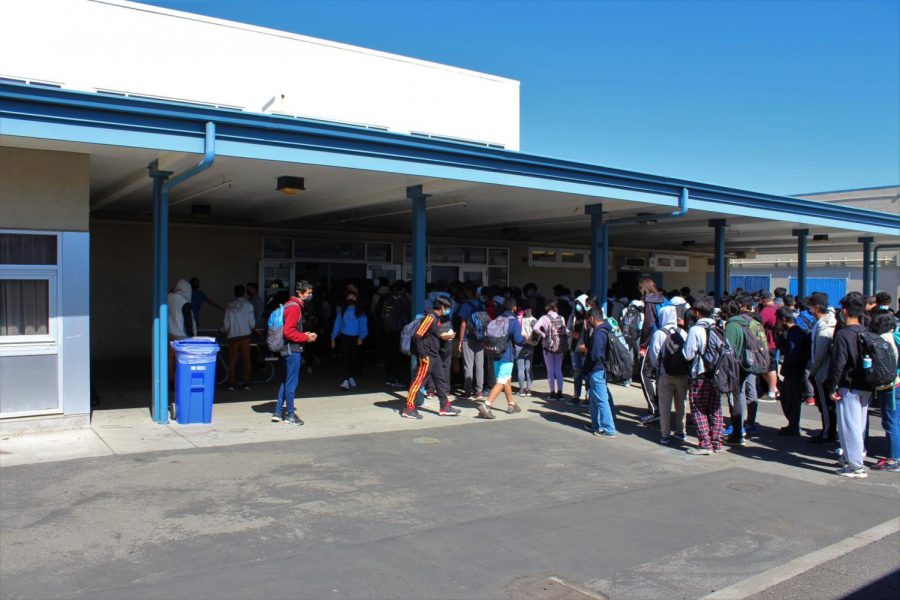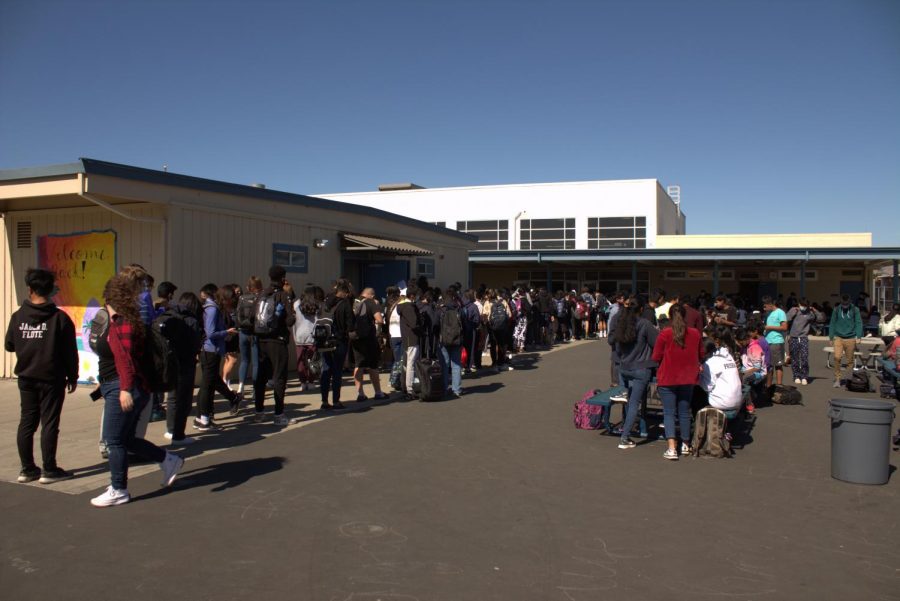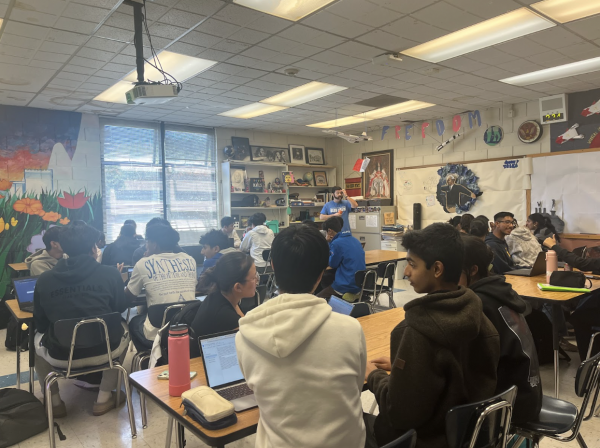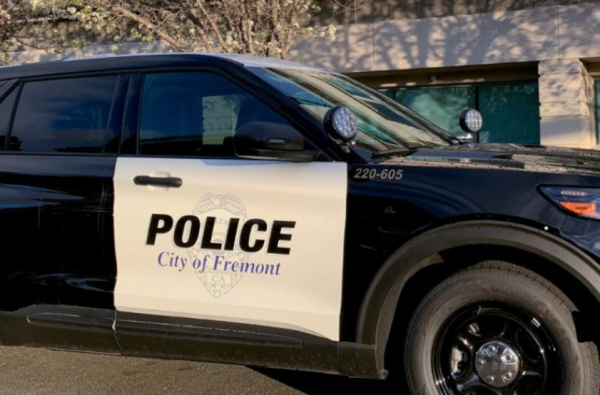Lengthy Lunch Lines Plague Irvington
Cafeteria staff are working hard to ensure everyone eats
As Irvington cautiously settles into an in-person school year, it has been racked by a suite of problems, including a teacher shortage and HVAC systems failing. But one issue has been especially prevalent: long lunch lines caused by the passage of Senate Bill-364, Free School Meals For All Act, which extends the free lunch service to students.
This year, the FUSD has implemented a free lunch service open to all students. Previously, lunch services were on a payment basis, with reduced prices and free lunches available to low-income students. With this system of free lunches for all, the cafeteria has seen increased traffic.
Christine Hoover, child nutrition manager at Irvington High School says that they have seen 300% more traffic in the cafeteria this year. Additionally, breakfast and brunch services were also available, but the latter was canceled because of the logistical challenges of feeding about 500 students in an eight-minute passing period. While brunch was canceled, breakfast services still see about 180 students.
The cafeteria prepares over 900 meals every single day, and this is just for Irvington. Irvington High School cooks 1200 meals for 6 elementary schools and additional meals for Robertson and Horner as well. Christine says that the staff’s day starts at 6 in the morning. They plan and cook meals all day on a detailed schedule focusing on elementary schools first, and middle and high schools following.
Christine also states that the cafeteria has been cracking down on those attempting to abuse the system. Initially, she says, many students took more than one meal resulting in waste. However, with the implementation of an ID system that verifies each student takes no more than one meal, fewer people have been able to make multiple meals. Additionally, cafeteria personnel is placed strategically to ensure that lines are single file and campus supervisors stand outside to ensure that there is no cutting in the line. Although there are still some that use a friend’s ID number or sneak out with multiple meals, Christine says that there has been much less waste and abuse.

A major complaint of students has been the delay that they face while getting their food. Ashwin Sankuratri (12) says that “he has to wait for the lines to get shorter if his classes are not near the cafeteria when the lunch bell rings.” Previously, he would get lunch in the first five minutes, but now he says that he sometimes has to wait 30 minutes to get a meal, at which time lunch is almost over. He says that a lack of organization, especially with the lines outside the cafeteria and the ID card system, which can be gamed by entering an ID number of a student who does not eat at the cafeteria, has affected him.
Because the decision to extend free lunches for all is a governmental decision, the service will continue as long as SB-364 is in place. Christine says that this move is here to stay and the cafeteria will continue to adapt to this increased demand.









